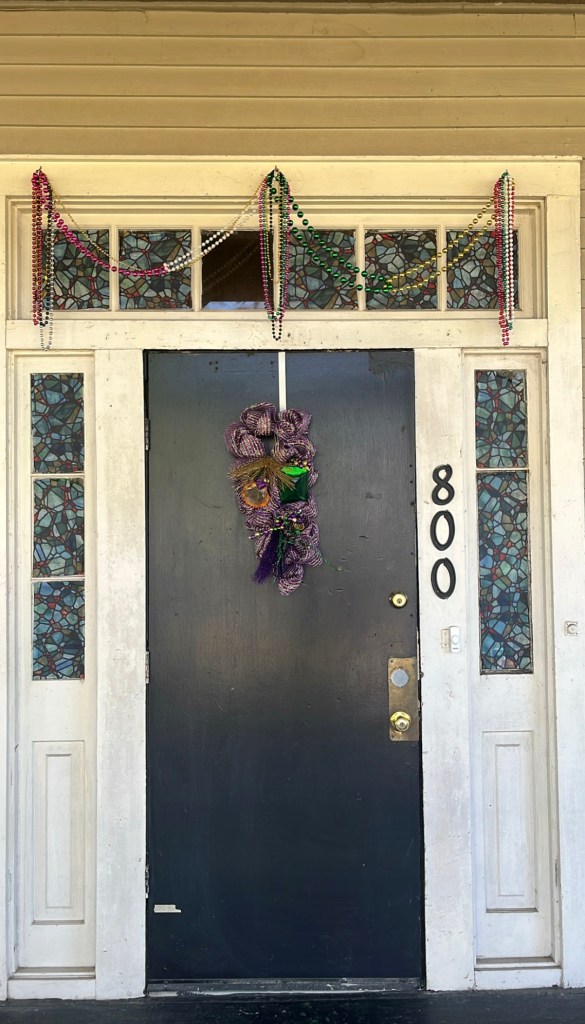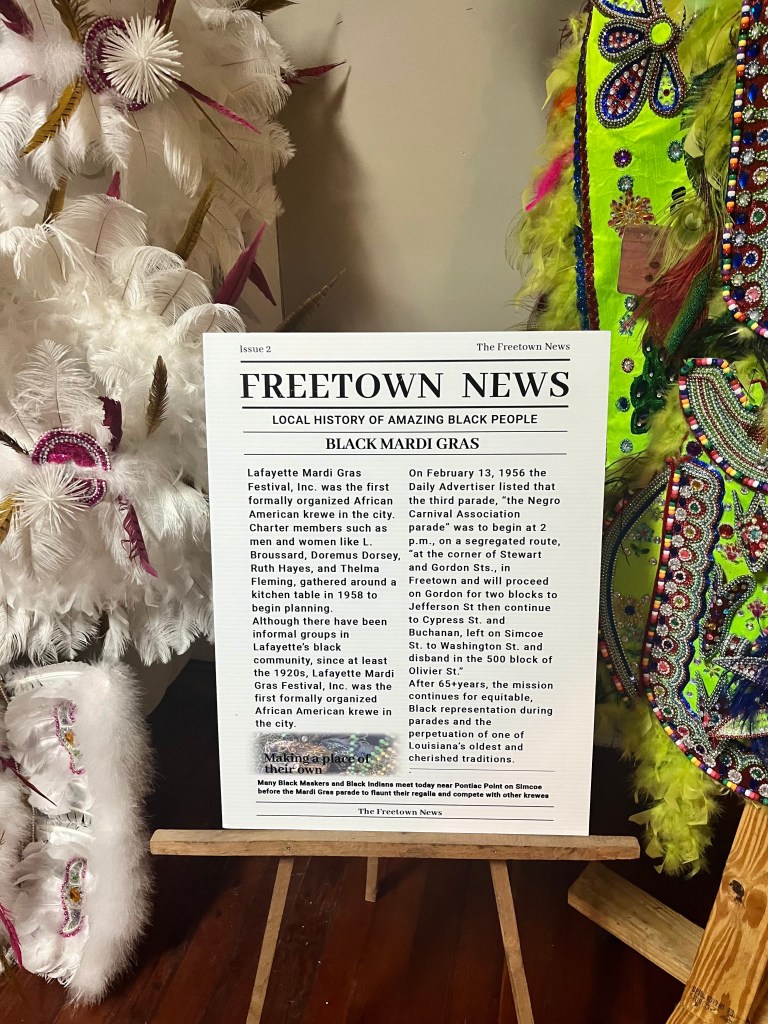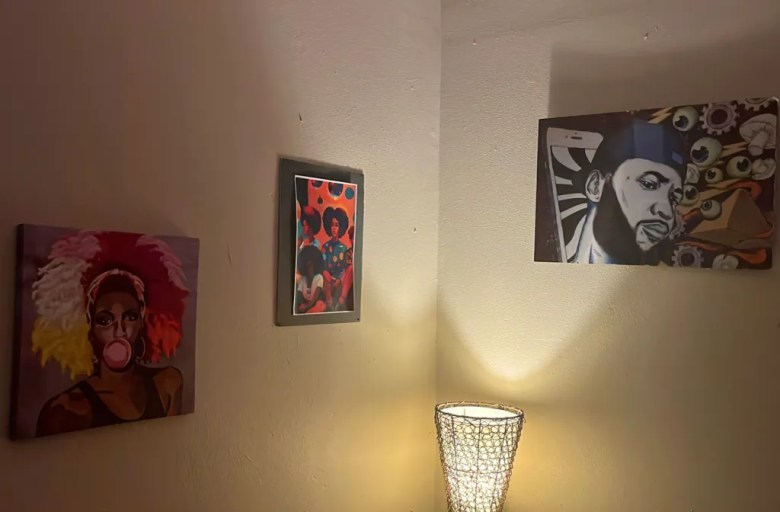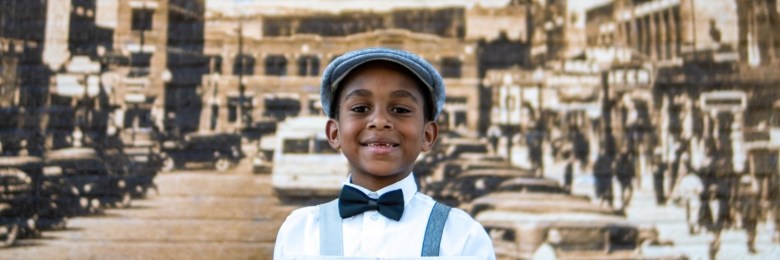LAFAYETTE, La.–Maison Creole de Freetown is the city’s only African American Museum focusing on Black History and resides in the heart of Freetown, Lafayette, Louisiana.
In 2022, Erica Melancon-Fox founded Maison Freetown, managed by the True Friends Society.
The historical organization defended and protected Creoles of Color and African Americans from the Knights of the Ku Klux Klan and the Knights of the White Camelia.
Freetown is also home to the original beginning route of Lafayette’s Black Mardi Gras Parade, Black-owned businesses like KOK’s Wings and Things, and neighboring Downtown Lafayette.
Throughout the Carnival Season, locals and tourists can enjoy supporting the rich art, Black history, and culture at Maison Freetown.
The museum honors great Creole musicians and culture bearers like the late “Rockin’ Sidney” Simien, and Sydney “Big Sid” Williams.
The Black Wall Street Times interviewed Melancon-Fox about the exhibits’ intent, Lafayette’s Black Mardi Gras culture, and the importance of Black History throughout Creole culture and beyond.
Artwork focusing on Black History and Culture

South Louisiana is a region with extensive Black history and invaluable culture. Melancon-Fox and a collective of artists aimed to highlight diversity throughout the region.
“We chose to highlight the richness and complexity of Afro-Creole artistic expression across different backgrounds, genres, and experiences because Black culture is not monolithic, and showcasing artists from various parishes, disciplines, and perspectives ensures a fuller representation of the Black experience,” she said.
During Black History Month, C.R.E.O.L.E. Inc., a longstanding cultural organization, collaborated with Maison Freetown. They curated the African American inventions room to enlighten visitors about the vast creations of Black people.
“This partnership believed in the importance that we highlight the significance of those everyday items we use which were created (and even patented) by African American inventors at a time when Black ingenuity was not celebrated or even recognized,” Melancon-Fox said.
In addition, a wall collaboration with Basin Arts’ BARE Walls Program chose artists to display their art at Maison Freetown. They also become a part of their artist roster at no fee. The current exhibit includes art from Bryant Benoit, Drake LeBlanc, and others.
Candid shots from LeBlanc’s photo series showcase Creole Trail Ride culture in Louisiana. Benoit’s kindred art adorns Afro-Creole culture and livelihood.
“We help promote artists of color (and non-melanated artists) who depict cultural diversity in their work. We help bring emerging artists to the forefront and place them in spaces that they may not have otherwise been considered for. There’s so much talent in our area and we especially love getting to know them and experiencing their talents firsthand within our gallery,” Melancon-Fox said.
Creole Carnival Season in Lafayette

Religion and spirituality marry inextricably throughout South Louisiana.
Catholicism is a strong foundation in the region. In addition, the historical intermingling and influence of Caribbean and Latin cultures make Carnival unique throughout the state.
In the words of Melancon-Fox, “Carnival, Black Masking, and the pageantry of Mardi Gras is something we take seriously in Louisiana, and at the museum, it is no exception.”
City officials and white locals did not allow Creoles of Color to participate in the Downtown festivities. So, they created krewes, Black Masking Indian Tribes, pageants, rituals, Regalias, and floats in their communities.
Creoles from Fightingville, Freetown-Port Rico, and McComb-Veazey would celebrate and battle in the street amongst each other and chant and play, “Mardi Gras, Chic-a-la-Pie,” with the children.
To overcome the power of segregation, on May 20, 1958, Krew and Lafayette Mardi Gras Festival Inc., a Black-owned non-profit organization, began to sponsor the Black Mardi Gras Parades in Lafayette.
The organization and parade are still active. They strive to keep their autonomy celebrating the diversity of Black History, Blackness, and Créolité in the Parish.
Maison Freetown shares masking regalia artifacts to honor Mardi Gras Indian maskers and sewers who have passed on and those who are still with us.
“Not only does the Freetown neighborhood have a strong historical connection to the present-day Black Mardi Gras Krewes, Black Creole French-speaking farmers, and a host of other native African traditions that were carried over into Louisiana, but when we elevate these aspects of our culture and traditions, it allows various communities of the diaspora to truly see themselves reflected in the landscape of history overall, and ultimately fosters a deeper appreciation for Black contributions to art, music, literature, and culture as a whole,” Melancon-Fox said.
Connecting Afrofuturism to Black History at Maison Freetown

Curated by Melancon-Fox and supported by the University of Louisiana at Lafayette’s Concert Committee, the “Resonance and Groove: Afrofuturism in the U.S. South” exhibit, experiments, and explores the trialities of history, present, and the future.
The exhibit exudes that Africa, Afrofuturism, and Black History live within us.
“We’re excited about the Afrofuturism exhibit because it is our way of leaving a mark on the future. For artists, it gives creative liberties to dream, imagine, and experience art in new ways. It helps us all to think without limits.”
One hypnotic piece by Opelousas native Ky Beaux displays futurism with an interpretive message of not allowing digital technology to distract us from our ancestral missions.
Melancon-Fox also did not shy away from experimenting with AI (artificial intelligence) to curate Afrocentric authenticity with technology.
“As well as being a history museum, our challenge is finding ways to make the past relevant or interesting within the present landscape. Afrofuturism is a great way to incorporate both the past and present and to create new possibilities within both,” Melancon-Fox said. Louisiana is such a unique place and to bring this thematic art form into an area already known for creativity and making something its own means the possibilities are endless.”
Related Stories:
- Louisiana Creolophones encourage Creoles to learn their Heritage Language
- Louisiana Creole Culture Holds its 3rd Annual Creole Culture Day
- Book Review: “One and Done” by Frederick Smith


